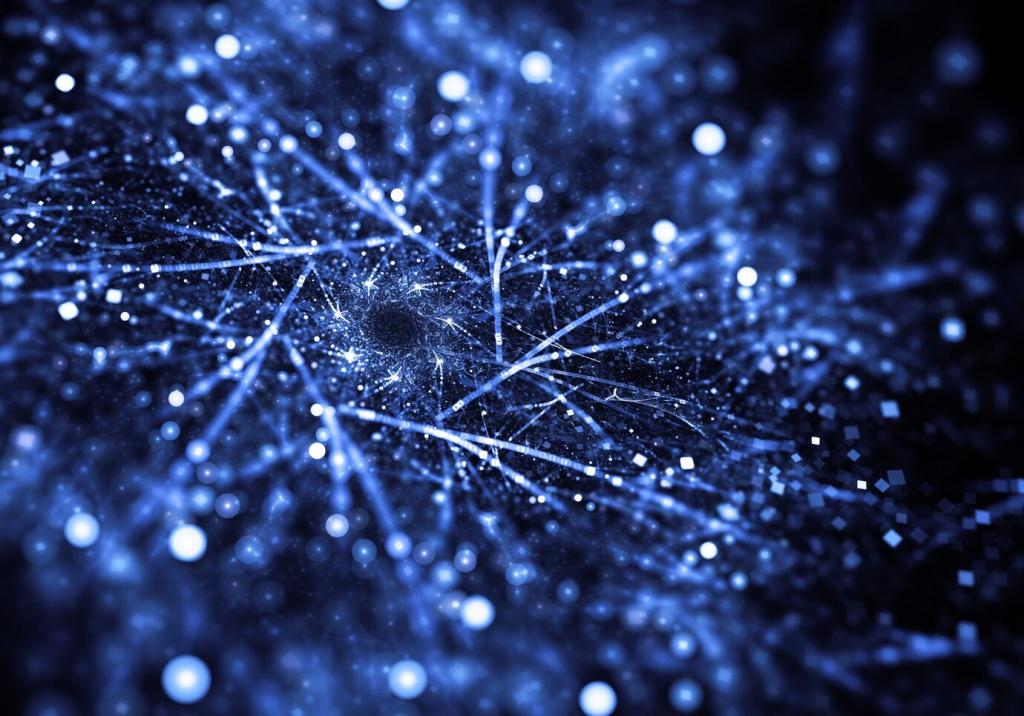Quantum Computing and Its Role in Revolutionizing Cybersecurity
Quantum computing is poised to usher in a transformative era for cybersecurity, challenging current cryptographic systems while offering potent new tools for digital protection. Unlike classical computers, quantum machines process information at speeds and scales previously thought unattainable, leveraging the unique properties of quantum physics. As organizations and governments worldwide grapple with increasingly sophisticated cyber threats, the intersection of quantum computing and cybersecurity is becoming not just a theoretical concern, but a pressing reality. This page explores the profound implications of quantum technology on data protection, encryption, threat detection, and the evolving arms race in digital security, charting a course toward a safer digital future.

The Foundations of Quantum Computing

Shor’s Algorithm and Breaking RSA
Threats to Elliptic Curve Cryptography
The Looming “Harvest Now, Decrypt Later” Attack
Quantum-Resistant Cryptographic Techniques
Lattice-Based Cryptography
Code-Based and Multivariate Cryptosystems
Hash-Based Signatures and Security Guarantees
Quantum Key Distribution and Communication

